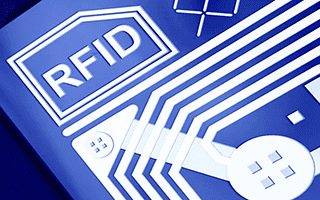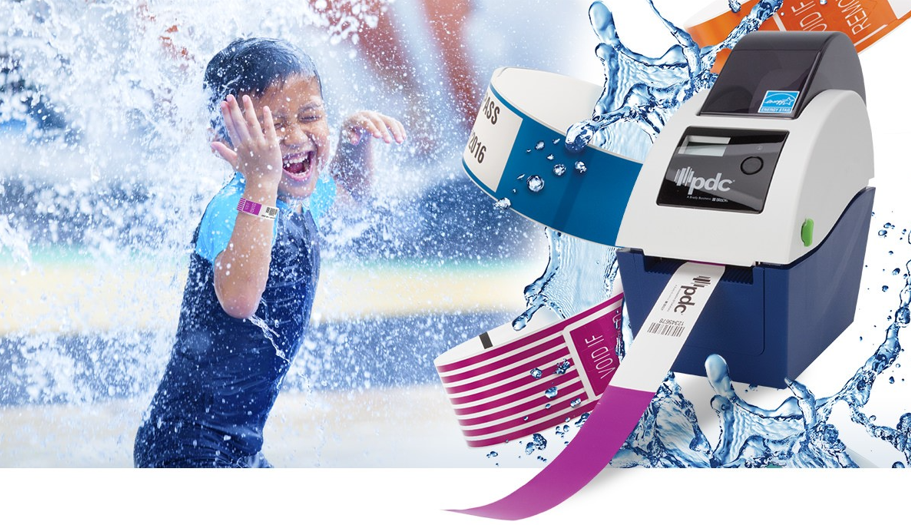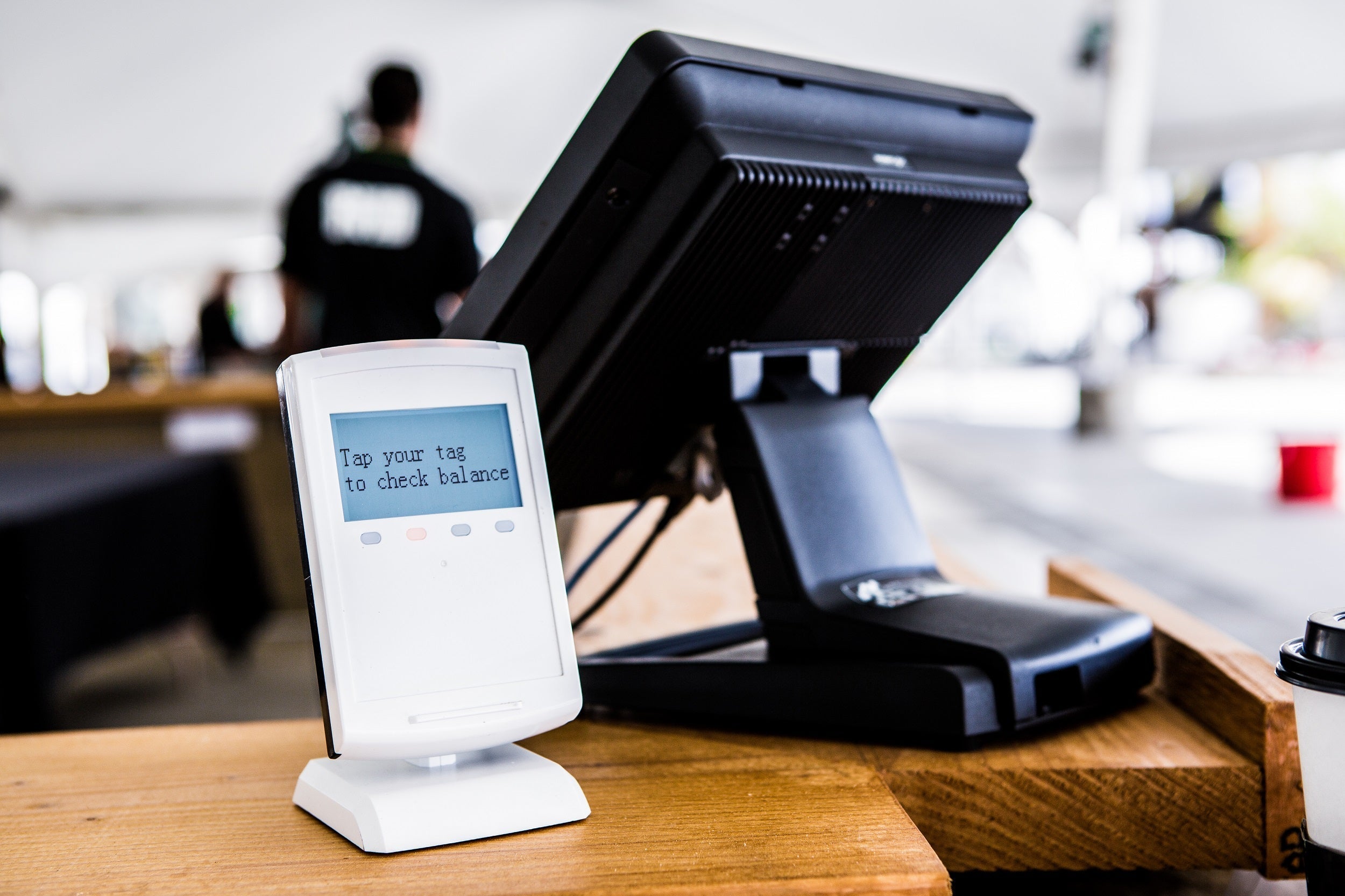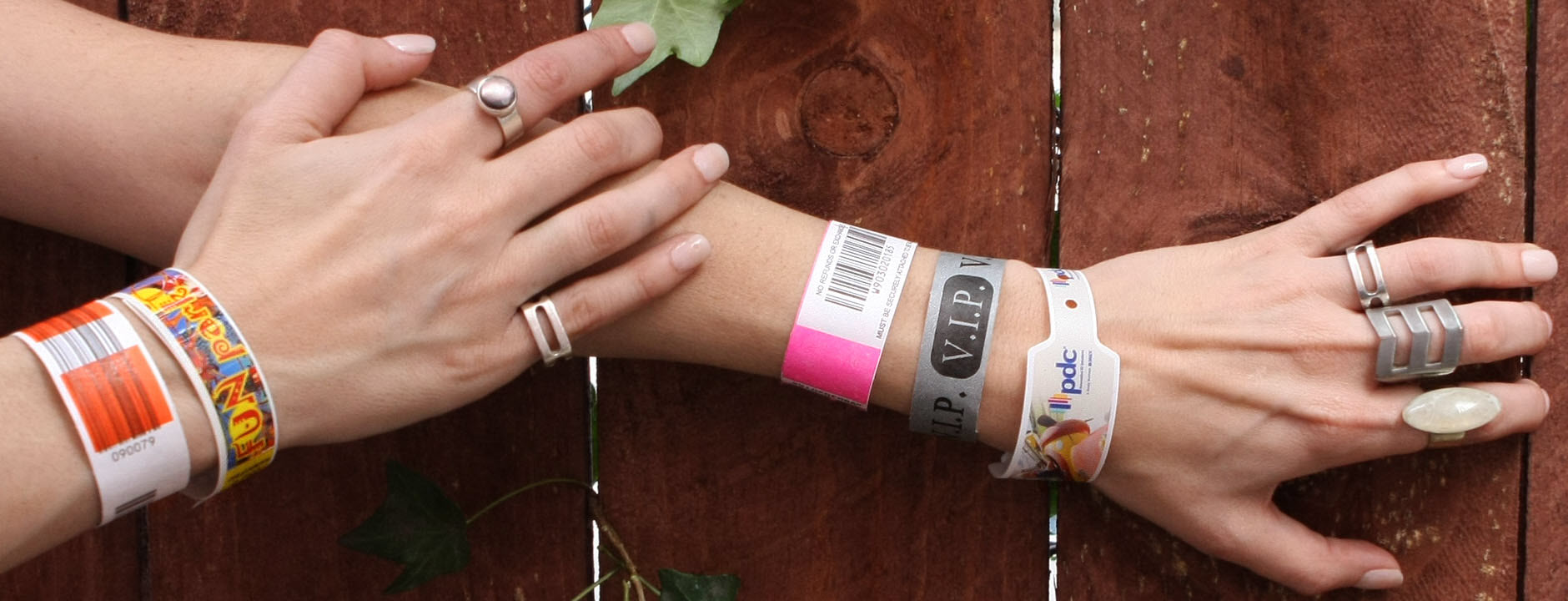How RFID Wristbands Work, Decoded

Editor’s Note: This updated post reflects the rise of RFID wristbands in hospitality, entertainment, and amusement venues. From cashless convenience to service-enhancing data logging, RFID wristbands are trusted, secure, and expected by tech-forward guests.
How RFID Wristbands Work (and Why They Matter)
Ever wondered how RFID wristbands actually work, and why they’re staples at music festivals, resorts, and amusement parks? After helping South by Southwest pioneer RFID wristbands for frictionless access control and in-festival payment, we’ve seen RFID systems become the standard for guest experiences because:
- Users enjoy contactless payment and access control (based on guest or staff permissions)
- Operators can earn up to 30% more spend
Below, we break down how RFID works into simple terms and explore how any venue can use Wristbands.com to offload staff, expedite service, and elevate satisfaction.
How do RFID Wristband Systems Work?
RFID (radio frequency identification) wristbands look almost identical to vinyl or plastic wristbands but are embedded with a smart chip and antenna. When held near or tapped to a compatible reader, the wristband uses radio frequency waves to share stored information.
Most amusement parks and events use passive, high-frequency RFID wristbands (or wearable RFID-enabled credentials), which activate only when near a reader to read and write data that identifies a guest. This combination keeps things simple and secure.
Common RFID System Components:
- Tag: Chip + antenna embedded in the wristband
- Reader: Usually inside a register or kiosk to scan and exchange data
- Software: Manages access permissions and payment info
RFID Frequencies:
- Low Frequency (LF): Short range, limited data
- High Frequency (HF - 13.56 MHz): Standard for wristbands — short range, good data speed
- Ultra-High Frequency (UHF): Long range, more data — better for inventory than guest enjoyment
Virtually all theme parks and resorts stick with HF for its cost-effective blend of security and performance.

What Data do RFID Wristbands Typically Hold?
RFID wristbands with passive tags store up to 3 kilobytes of information, including:
- Name & credentials (VIP, media, etc.)
- Ticket or access permissions
- Hotel room data, replacing keycards
- Loyalty points or cashless credits
- Safety data, like birth date
- Social media integration
Software encrypts data and manages access, making RFID wristbands flexible and safe. But, as one historical park discovered, RFID benefits go well beyond convenience to elevate the entire experience.
- Dorney Park, an amusement park in Allentown, PA, deployed a FastPay system using PDC’s RFID wristbands. Management saw increased customer spending and greater revenue thanks to card-free payments. Customers were carefree because their credit cards remained safely stowed in lockers.
RFID convenience isn’t just limited to guests. Along with custom wristbands, Wristbands.com, for instance, offers Direct Thermal RFID Wristbands, which are a turnkey way to begin incorporating RFID systems into your operations.
- Admissions can print custom RFID Thermal Wristbands on demand with logos, barcodes, or guest names for high-touch events. Having direct thermal wristband printers on site saves time, labor, and storage because there is no need to order ahead
How do RFID Wristbands Elevate Operations and Experiences?
RFID wristbands are more than contactless access because they offer operations-transforming traffic data logging. Unlike “real-time tracking” by GPS, RFID only logs location-based interactions (e.g., check‑ins at towel stations or lounge entry), enabling more effective staff deployment.

To bring their benefits to virtually any venue, RFID wristbands offer a host of styles and materials to suit diverse aesthetic and functional needs. Examples include:
- Fabric RFID Wristbands — These soft, breathable, brandable, and even eco-chic bands are highly customizable.
- Strong, yet comfortable, Fabric RFID wristbands are perfect for multi-day festivals, exclusive conferences, and luxury resorts.
-
Plastic RFID Wristbands — Nearly identical to standard vinyl or plastic wristbands, but slightly thicker.
- Durable, waterproof plastic RFID wristbands are ideal for long days of play in water parks, splash zones, and other areas needing tougher tech.
-
Silicone RFID Wristbandsare soft to the touch, yet state-of-the-art for seamless spa and resort guest services that require water exposure and multi-day wear.
- A smooth finish makes RFID tag tampering evident.
Ready to Tap In with RFID?
Get in touch! Our leisure and entertainment experts have the experience to help you economically integrate RFID wristbands into your operations. Whether you run a festival, theme park, or resort, RFID delivers secure access, frictionless payments, and invaluable venue insights for greater efficiency and guest satisfaction.

 FREE GROUND SHIPPING OVER $99
FREE GROUND SHIPPING OVER $99
 SAFE AND SECURE
SAFE AND SECURE









valuable information
Thanks for sharing the valuable information to us. Good work! we also have a blog. Please Feel free to visit our site “RFID4U – Shop RFID Hardware equipment and RFID Software for Asset Tracking” . Keep Posting :)
RFID Technology | RFID, NFC, Barcode and Mobility | RFID4U
Thank you very interesting! Quick question.
Is it possible to send a pre-programmed message to a mobile phone from a RFID tag?
In reply to Shanti for anyone else reading, you could identify multiple users easily by tracking location, if one person was to wear them all you would have only one simultaneous location.
Hi,
Actually, I am interested for the RFID tracking system for my employees. Can you please tell me…
How can I identify that multiple users wore the bands or a single user has wore all the bands.
Thanks